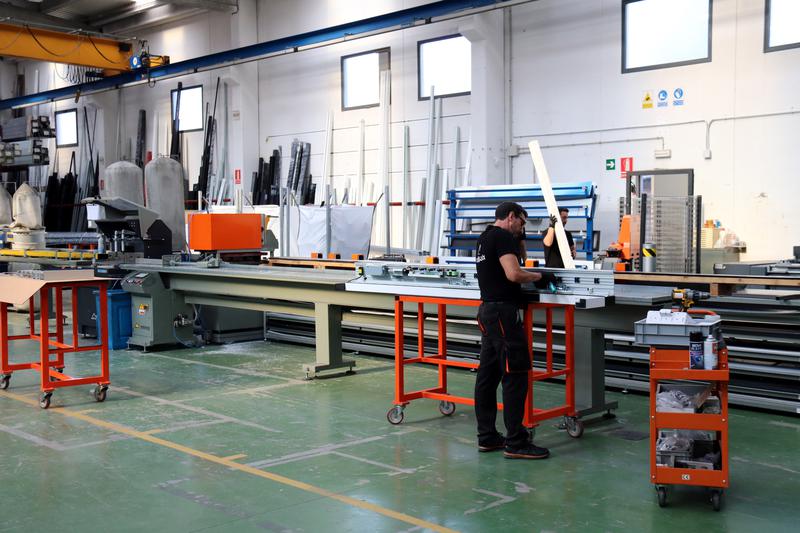Catalonia closes 2022 with highest Q4 employment figures in 15 years
Unemployment rate rises slightly to 9.91%, with over 387,000 jobless workers

Catalonia saw a slight rise in the unemployment rate in the final quarter of 2022, up to 9.91%. This meant an overall increase of 21,900 people without jobs to a total of 387,200 people.
However, the last quarter of last year also saw the highest figure of workers in jobs since 2007, as data released on Thursday by Spain's National Statistics Institute (INE) show.
Compared to 2021, there were 8,200 unemployed fewer, representing 2% of the overall figures that have moderated after seeing annual reductions of over 10% in the previous four quarters.
Between October and the last month of the year, Catalania created 40,900 workplaces less than during the months of summer.
In December last year, there were 3,519,000 workers in Catalonia, a figure never seen since 2008, when there were 3.6 million.
In Spain, there were 20,463,900 jobseekers by the end of 2022, a drop of 81,900 workers compared to the previous quarter. During the whole year, 278,900 new job opportunities were created.
More permanent contracts
During the first year of the new labor market regulation, the number of permanent contracts increased, with 35,900 more of this kind during the last quarter and 205,000 more than a year before. Meanwhile, those having a fixed-term contract have dropped from 16.4% to 14.5%, setting a historic lowest point.
This decrease has been mainly seen in the male sector, as women still account for 60% of the fixed-term contracts signed. While in one year, men have decreased the number of this kind of contract by 5.9%, women have seen a reduction of 5.5%. In fact, during the last quarter, the gap widened as women saw a drop in the rate of 1.5 percentage points (17.1%), and men reached a rate of 11.8%.
However, both figures are the lowest registered since 2002.